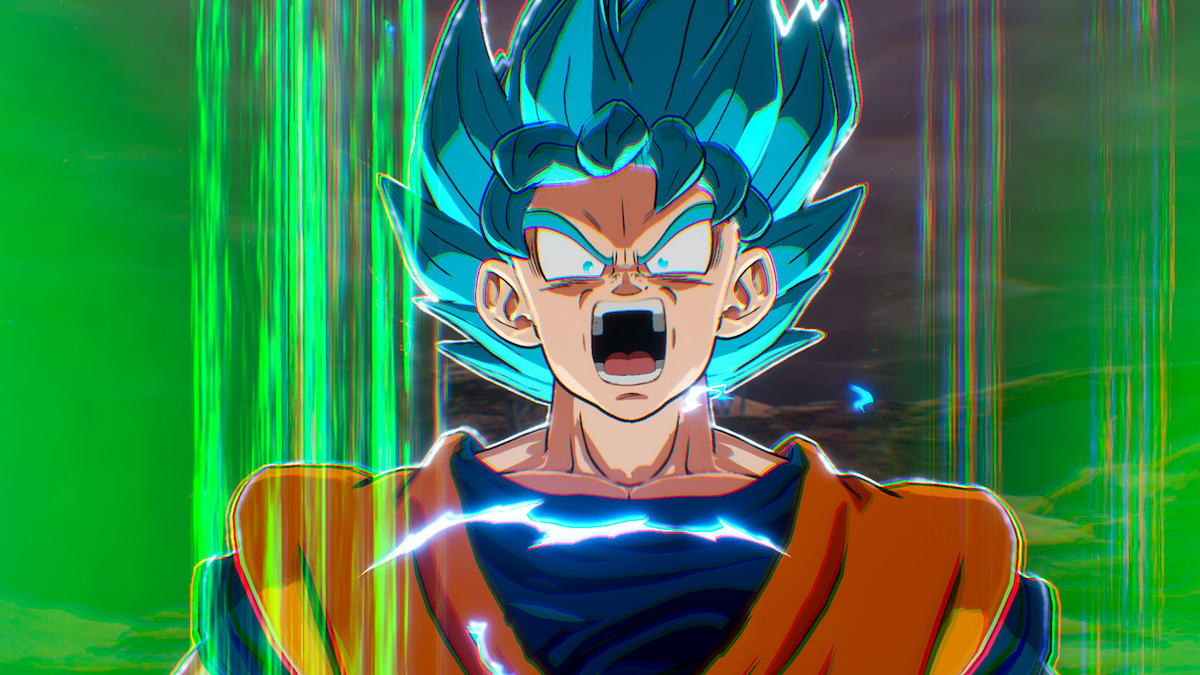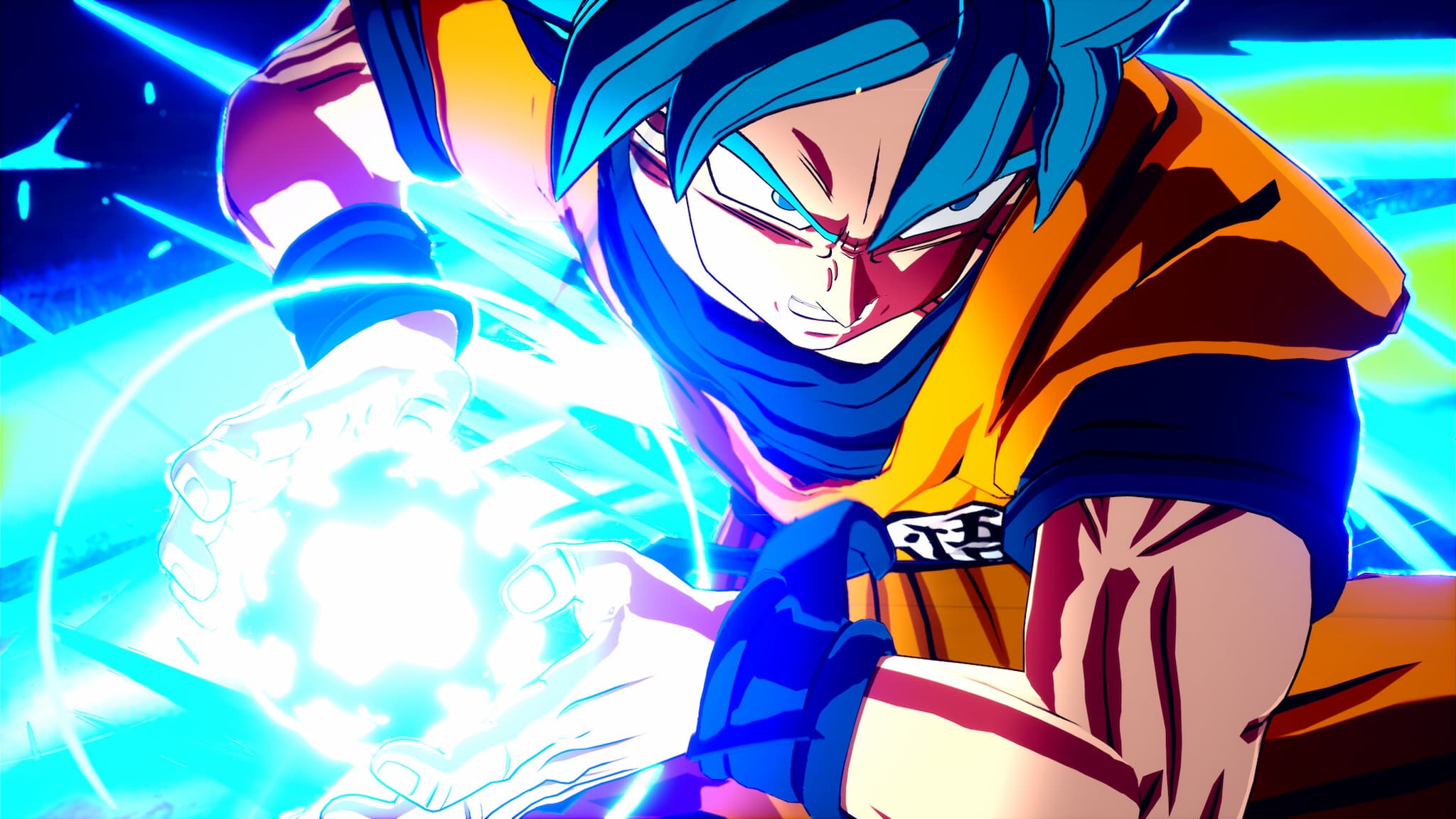
As a die-hard Dragon Ball fan, I can’t help but reminisce about the prolonged hiatus in the Dragon Ball franchise that left us craving more adventures of Goku and his friends. The last significant animated series, Dragon Ball GT, concluded all the way back in 1997. Fast forward a decade later, we finally got a taste of new content with the Dragon Ball: Yo! Son Goku and His Friends Return short movie in 2008. Following closely was Dragon Ball Z Kai, a revamped version of the timeless Dragon Ball Z show, which premiered in 2009. The much-anticipated Dragon Ball Super series then graced our screens, providing a steady stream of content from Toei Animation and fueling our passion for the series. But before this second wave of Dragon Ball animation, the franchise stayed alive through various spin-off media, keeping us connected to the world of Dragon Ball during those patient years.
The series thrived and remained popular due to word-of-mouth recommendations, frequent rebroadcasts, and video games. Particularly, the video games played a crucial role in keeping the franchise alive well into the 2000s, even without the show being on television. Although I watched several episodes of the Dragon Ball Z anime with my older brother, my initial significant encounter with the franchise was through constantly playing Dragon Ball Z Budokai on GameCube. The original Budokai game is where I encountered the Androids Saga for the first time, experiencing key events through a video game perspective. Unlike other franchises, Dragon Ball doesn’t rely on an anime airing to stay relevant; it can persist for decades because the franchise has expanded beyond animation.

Dragon Ball is a Pop Culture Icon in the West Now
The Dragon Ball franchise has become so well-known that even those unfamiliar with its official content can identify it. For instance, when Goku’s balloon appears in the Macy’s Thanksgiving Parade, viewers recognize it as Dragon Ball, not just any random anime. This popularity extends across various age groups because multiple generations have been exposed to the franchise throughout their lives.
The success of Dragon Ball in pop culture is largely due to its widely popular anime adaptations and manga. Its enduring quality is evident as fans have kept the series alive through word-of-mouth and merchandise purchases. The story and characters of Dragon Ball have become deeply engrained in people’s minds, making it nearly impossible for the franchise to become obsolete. Instead, it’s the love for the series that has sustained it over the years, rather than new anime productions. Goku has become a beloved mascot on par with Pikachu, Mario, and even Mickey Mouse for many people. Even without ongoing anime productions, Dragon Ball continues to thrive due to the global adoration it has garnered.

The Video Games are Where Dragon Ball Thrives
Video games, particularly the Budokai series, played a crucial role in maintaining Dragon Ball’s enduring popularity for me. As a child, these fighting games were my primary introduction to the franchise, fostering a profound affection for it beyond the fact that I hadn’t watched much Dragon Ball Z at the time. This led me to revisit classic Dragon Ball on Toonami and eventually buy the manga, ultimately turning me into a dedicated fan of the series for life.
Regardless of whether a Dragon Ball anime series was airing or not, Bandai Namco consistently launched a new game in the franchise every few years. These games ranged from fighting titles to RPGs and adventure games. Bandai Namco didn’t feel compelled to release games synchronously with the TV show; instead, they continued to produce video games because they had proven to be successful sellers. By the time games like Dragon Ball Budokai were launched, Dragon Ball had already established itself as a distinct medium and a well-recognized brand. This recognition led people to easily identify Dragon Ball games, contributing to its status as one of the top-selling game franchises based on anime.
The Dragon Ball Daima series might have concluded, yet I’m confident that another animated show will emerge sooner than later due to fan enthusiasm. With fans continuously demanding new content, the franchise will undoubtedly continue to thrive in the animation sphere. For now, the series can stand on its own without animation, as it is already one of the most lucrative media franchises globally. Fans will always be there to keep Dragon Ball shining brightly for many more decades.
Read More
- PI PREDICTION. PI cryptocurrency
- WCT PREDICTION. WCT cryptocurrency
- Quick Guide: Finding Garlic in Oblivion Remastered
- Florence Pugh’s Bold Shoulder Look Is Turning Heads Again—Are Deltoids the New Red Carpet Accessory?
- How Michael Saylor Plans to Create a Bitcoin Empire Bigger Than Your Wildest Dreams
- Unforgettable Deaths in Middle-earth: Lord of the Rings’ Most Memorable Kills Ranked
- Shundos in Pokemon Go Explained (And Why Players Want Them)
- BLUR PREDICTION. BLUR cryptocurrency
- Disney Quietly Removes Major DEI Initiatives from SEC Filing
- Katy Perry Shares NSFW Confession on Orlando Bloom’s “Magic Stick”
2025-04-25 01:11